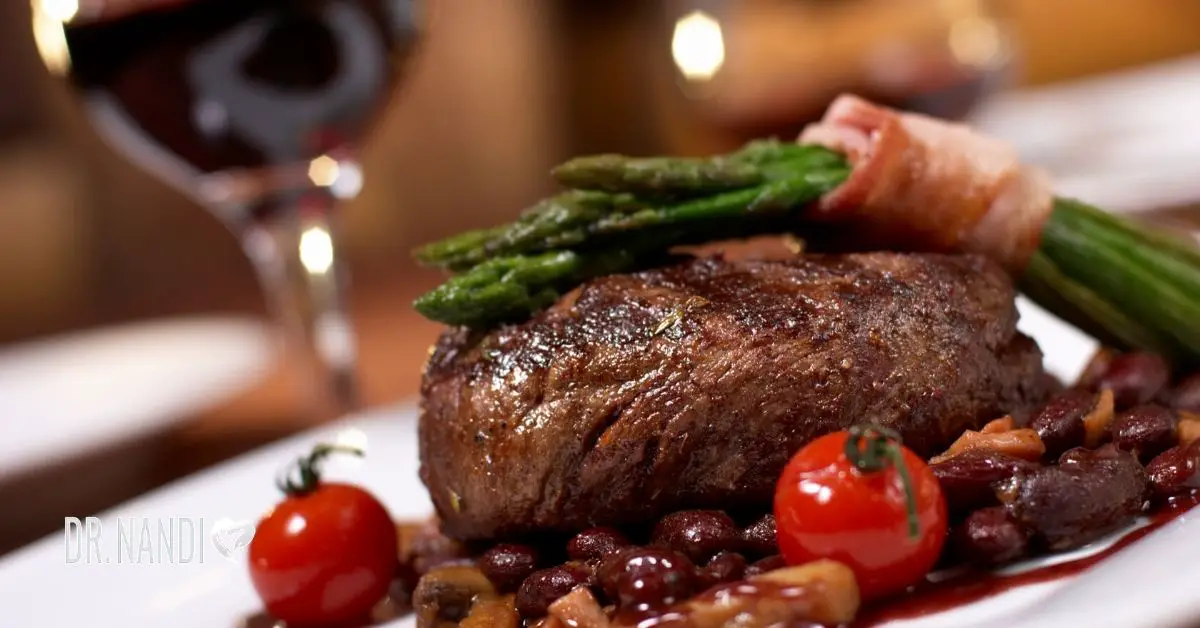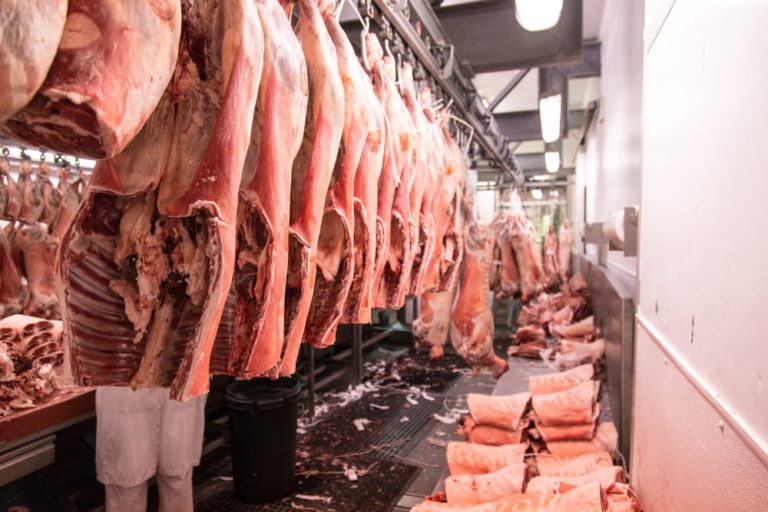Part dietary necessity, part diet fad, gluten-free food is available almost everywhere these days. Many well-known celebrities tout the gluten-free diet, but that doesn’t mean it’s the right option for you. There are downsides to this diet.
Gluten-Free – It’s Not For Everyone
A diet without gluten can have a downside even though many people see it as a way to lose weight. A main concern is that folks who abstain from gluten who do not have a medical need to do so do not get enough nutrients. Processed wheat products like cereal and bread are usually fortified with iron or B vitamins – and the gluten-free versions often don’t.
Gluten-free foods can often not have as much fiber as their gluten counterparts and many Americans are already fiber deficient. To compensate for taste, many gluten-free products also tend to have more fat and sugar than regular products. They can also have just as many, or more, calories than their wheat equivalent, which means the gluten-free option could actually interfere with dropping extra weight.
Gluten-Free Was Created For Celiac and Gluten Sensitivity
Those who suffer from Celiac disease have an immune reaction to eating gluten, a protein found in wheat, barley, and rye. Eating gluten can damage the lining of the small intestine, which can prevent nutrients from being absorbed properly for people with Celiac disease. This can lead to issues such as nerve damage, infertility, and osteoporosis. So, if you do not have Celiac disease, gluten intolerance, or gluten sensitivity, your body will process gluten just fine.
Now, I have heard many people who do not suffer from Celiac disease, gluten intolerance, or gluten sensitivity say they feel better since they stopped eating gluten. However, this is likely not due to the absence of gluten, but because they are eating healthier and avoiding simple white carbs like pasta, cakes, and cookies. Eliminating these from your diet can certainly make you feel better.
How To Eat Gluten-Free
But, if you’re really looking to get gluten out of your diet, here are my recommendations:
- Eat Fresh Foods – Don’t swap foods with gluten for packaged gluten-free products. Opt for fresh fruits, vegetables, seeds, nuts, and gluten-free whole grains.
- Get Enough Fiber – Make sure you’re getting enough fiber by eating things like brown rice, quinoa, amaranth, or millet.
- Read The Label – Check gluten-free food for unhealthy levels of fat and sugar.
- Limit Rice – The FDA is monitoring rice products for small amounts of arsenic, so make sure you’re not filling up on too many of these products. Long-term exposure to arsenic is linked to heart disease and certain cancers.



















